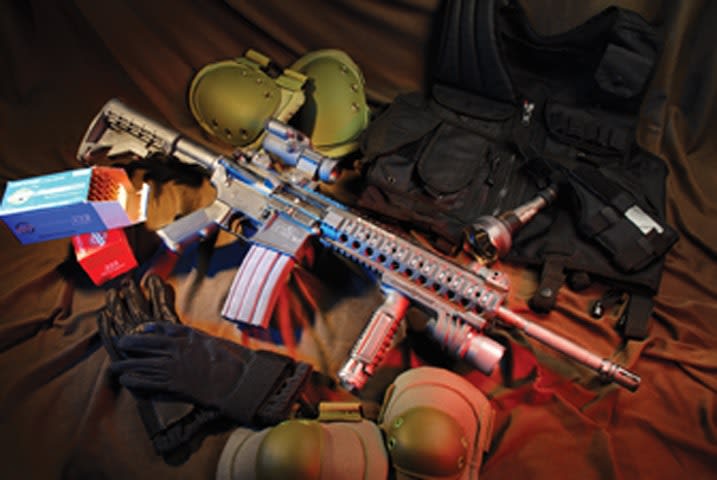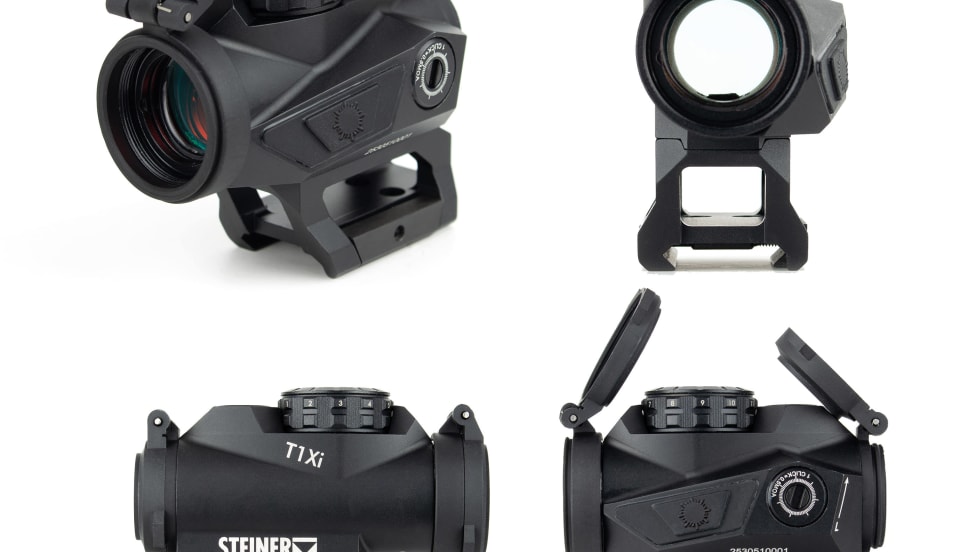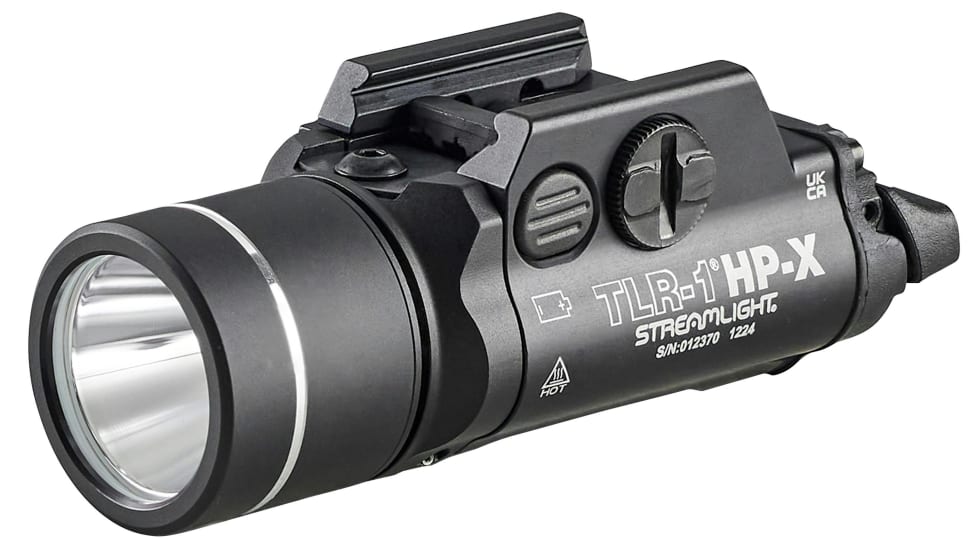Although Smith & Wesson is one of our oldest and largest surviving gun companies, the iconic manufacturer is a relative newcomer when it comes to tactical rifles. It was just last year at the 2006 SHOT Show in Las Vegas that S&W introduced its M&P15 carbine. Later in the year S&W invited me on a writers' seminar to Wyoming to use the new rifle for a prairie dog hunt. If you missed my article in the August 2006 Issue of POLICE Magazine, myself and several other gunwriters had two days and an endless supply of ammunition to wring out the new M&P15.
I found the gun to possess all of the accuracy and reliability needed for a patrol carbine. And before I left the seminar, I placed an order for an M&P15 Tactical carbine — a gun that comes standard issue with a four-rail handguard, collapsing stock, and detachable folding sights.










